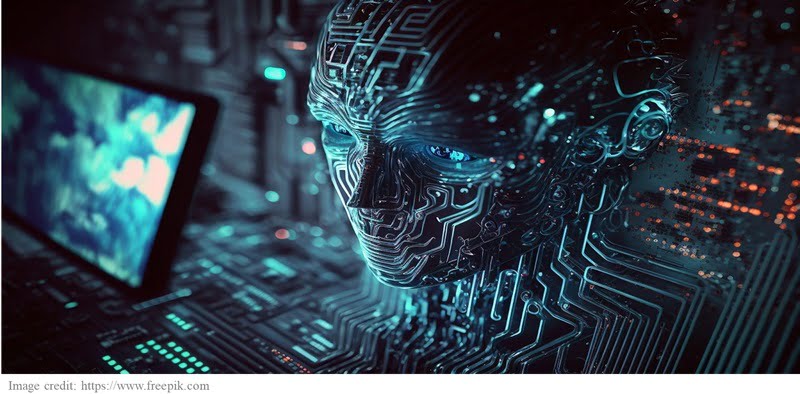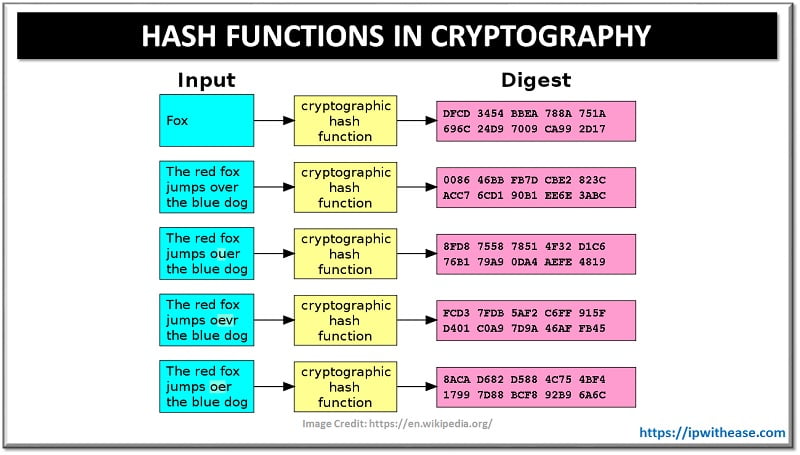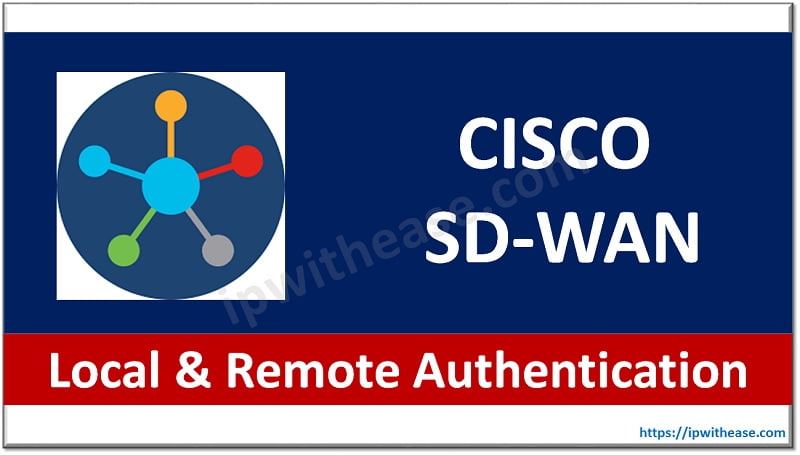Fraud – it’s a thorn in our side. A persistent threat lurking in the shadows of the digital world, constantly finding new ways to separate us from our hard-earned money. But there’s hope! The fraud fighters are striking back with an ever-expanding arsenal of cutting-edge tools and technologies. In this post, we’ll explore some of the latest advances that help fraud prevention.

From artificial intelligence to biometrics – the options for stopping fraud in its tracks have never been more plentiful. With the right systems in place, we can turn the tables and make life difficult for even the craftiest of criminals. So plug in and gear up as we provide a front-row seat to the innovations shaping the future of fraud prevention. The battle against fraud goes high-tech!
AI and Machine Learning
When it comes to blocking those schemers, machine learning is a serious game-changer. But how does the tech really work its magic?
Simply put, fraud detection machine learning uses AI algorithms that profile customer data patterns and behaviors over time to help it learn to flag suspicious activity more efficiently. By processing vast amounts of past transaction data, the systems are able to pick up on incredibly complex and subtle statistical trends that reveal customers’ typical spending habits, locations frequented, types of items browsed online, and more.
Once these machine learning systems have been thoroughly trained on the inherent patterns that define normal legitimate consumer behavior based on all this historical data, they can then apply these deeply learned statistical insights to instantly and accurately identify transactions, customer actions, or profiles that exhibit anomalies and deviations outside of established norms. This effectively allows them to connect subtle behavioral dots in real-time that hint at potentially fraudulent activity underlying certain interactions.
Over longer periods of sustained use, the algorithms only continue getting smarter too. By incorporating ever-growing volumes of new real-time customer interaction events and feedback data, these algorithms evolve and update their understanding of what precisely constitutes normal versus potentially fraudulent behavior. It’ll be exciting to see machine learning continuing to bolster security further as its analytical abilities advance.
Biometrics
Biometrics is rapidly advancing and proving itself a powerful tool in the fight against identity theft and fraudulent activity. Traditionally, we’ve relied on passwords and PINs for verification, but these can easily fall into the wrong hands. Today’s biometrics solutions analyze unique human attributes in sophisticated ways that are inherently difficult to counterfeit.
Fingerprints, facial recognition, iris scans, voice patterns – the measurable characteristics available for authentication keep expanding in breadth and precision. Applications are also evolving, from unlocking smartphones with just a glance to banks leveraging multiple biometrics as part of know-your-customer checks. Beyond physical traits, behaviors like typing rhythm and gait now provide insight.
Not one approach is infallible alone, yet combining methods creates formidable defenses. And as the science matures, fraudsters will continue finding it harder to outmaneuver these safeguards.
It’s exciting to witness the promising role biometrics will play in accountability and protection. While criminals adapt their tactics, innovation in this field keeps integrity centers equipped for today’s challenges and those still emerging. The results already show biometrics paving the way for greater trust everywhere identity verification matters most, such as in the banking sector.
Blockchain
When it comes to stopping fraud in its tracks, blockchain technology packs a mean punch. Acting as a virtual fortress against tampering and revision, blockchain provides a major advantage in the fight against fraud.
This distributed ledger technology builds an ever-growing chain of transaction records, with each block cryptographically linked to the previous one. There is no central point of vulnerability. And due to the encrypted, decentralized nature of blockchain, transactions cannot be altered without notice.
Smart contracts add another layer of protection, executing automatically when conditions are met. With blockchain, participants can exchange assets and verify transactions with confidence.
Use cases for fraud prevention continue to expand across finance, supply chain, and credential management. Blockchain’s ability to create an indelible, traceable record makes life very tricky for fraudsters trying to manipulate transactions or identities.
As the technology matures and adoption spreads, the fraud-fighting potential of blockchain strengthens. While not without challenges, blockchain promises to equip businesses with the tools to clamp down on criminals.
Big Data Analytics
In the ongoing battle against fraud, having the right data can provide a strategic upper hand. Big data analytics empowers fraud fighters by detecting subtle patterns and connections within massive volumes of information.
Examining data sets from across systems – transactions, communications, social media – sophisticated analytics can pinpoint anomalies that indicate potential fraud. Bringing together disparate data points allows investigators to see the bigger picture.
Powerful data mining techniques uncover hidden relationships in historical records to identify indicators of emerging fraud trends. Real-time analysis of incoming data enables quick identification of criminal activity.
As computing power advances, big data analytics will only become faster and more effective. The insights it provides strengthen fraud prevention and make the criminals’ job harder.
Of course, mining big data while maintaining privacy represents an ongoing challenge. But with thoughtful architecture, fraud fighters can tap into its potential responsibly.
For fraudsters hoping to hide in a haystack of data, big data analytics brings the prospect of getting caught red-handed. The information is out there – it’s just a matter of analyzing it with the right tools.
Final Word
The world of fraud prevention is constantly changing with all the new tools and tech becoming available. Things like AI, biometrics, blockchain tracking, and analyzing big data have really given security pros some excellent options for fighting back against scams. While fraudsters may keep tweaking their methods, this high-tech detection equipment is definitely putting a crimp in their plans.
Still, nothing’s foolproof on its own, so teams have to keep their guard up and work together too. By collaborating with each other and constantly coming up with fresh angles, there is hope that we can one day grind fraud down to a minimum.
Continue Reading:
Managed Detection and Response (MDR) – Cyber Security
ABOUT THE AUTHOR
IPwithease is aimed at sharing knowledge across varied domains like Network, Security, Virtualization, Software, Wireless, etc.



